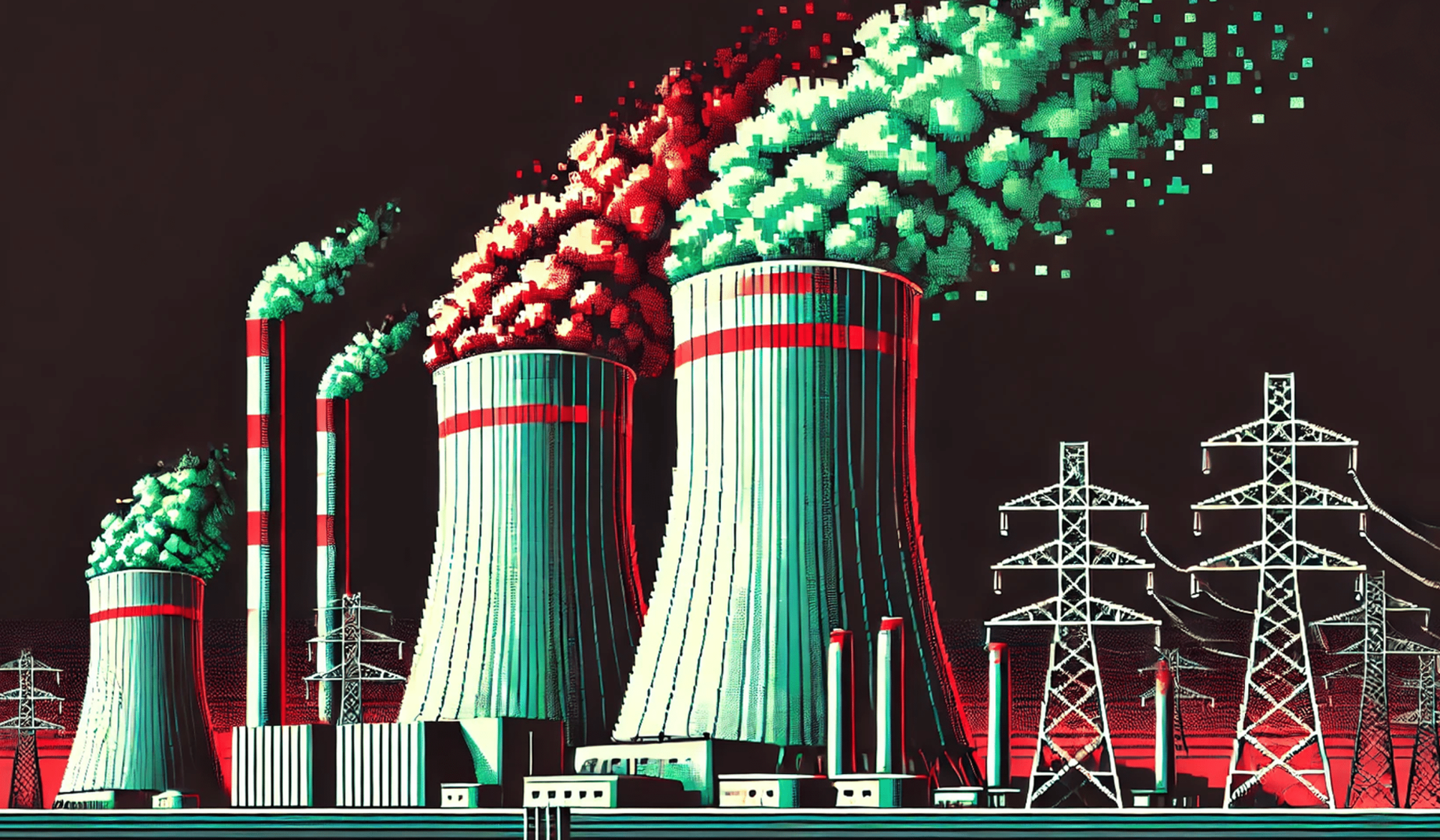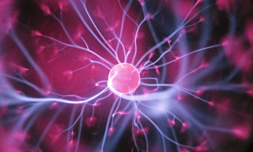Leading tech companies are exploring the potential of nuclear energy as a sustainable and reliable power source to meet the growing energy demands of artificial intelligence.
In recent years, since OpenAI dropped ChatGPT, the world has seen a surge in all things AI.
From catalyzing a plethora of research to predictive analysis in data security, the presence of AI in our daily lives has become a norm. Powering this increase in demand for AI is confounded by its intensive energy consumption, creating something of an energy crisis for this booming field.
In 2022, the International Energy Agency (IEA) revealed that data centers consumed an estimated 1.65 billion gigajoules of electricity. In the next two years, that value is projected to increase to up to 128%. This exponential increase has many roots — one of them being AI-powered algorithms.
Environmental reports by AI modeling companies such as Google and Microsoft have seen above 30% increases in the companies’ carbon emissions in the past five years, the same timeframe in which AI development and usage have surged.
Compared to a single Google search, a generative AI prompt takes an additional 2.6 watt-hours of electricity (Wh). How about training a large model like ChatGPT-3? Well, that uses an estimated 1,300 megawatt-hours (MWh) of electricity.
AI in its primal boom is still seeing many developments underway, all of which need energy. With the rising energy demands driven by AI consumption, many companies are exploring energy sources capable of meeting these requirements. Most have come to the same resolution – nuclear power.
Currently, most data centers are powered by fossil fuels, which come as no surprise to be an environmentally detrimental energy source. If there is a continued reliance on the traditional method, greenhouse gas emissions will continue to climb in the next few years.
Nuclear power has been known to be a low-carbon energy source capable of producing an abundance of electricity. Due to its ability to meet energy demands at the cost of decreased environmental concerns, it has been known as a form of clean energy.
As such, its ability to meet consistent high power needs has tempted many tech companies to invest in nuclear energy for AI development and consumption. Such investments are poured into reopening existing nuclear power plants or developing new small modular reactors (SMRs).
Three Mile Island, the center of the US’s worst nuclear accident is set to gain a new makeover through a partnership by Microsoft and Constellation Energy to power the former’s data centers. Fortunately, the endeavor that is expected to span 20 years will not use the reactor involved in the accident with improvements being put in place for the entire facility.
On another note, SMRs are smaller, modular nuclear reactors that typically produce up to 300 megawatts of electricity. This allows for faster construction and enhanced safety features compared to traditional nuclear power plants.
Their flexible design makes them suitable for a variety of applications, including remote power supply and integration with renewable energy sources. As such, their development is being pursued globally as part of the transition towards cleaner energy sources in the field of AI.
Google made an agreement with Kairos Power to develop seven SMRs, capable of producing 500 megawatts of power each. The first reactor is expected to be operational in 6 years. Additionally, Amazon has partnered with X-energy and invested an estimated $500 million, walking a similar path to Google.
It’s hard to talk about AI and not include the behemoth OpenAI. Sam Altman, the company’s CEO who has openly voiced his concerns over AI energy demands, has involved himself with Oklo, another company focusing on the construction of SMRs.
The company aims to produce reactors that can operate for extended periods before needing refueling, making them suitable for powering data centers.
If companies successfully transition all AI energy demands to nuclear power, the implications could be transformative. As it is, the use of fossil fuels in AI development has made tech companies regress from their sustainability goals.
This shift to nuclear power would drastically reduce greenhouse gas emissions associated with data centers, positioning the AI field as a leader in sustainable technology.
By harnessing the reliability of nuclear energy, companies can ensure a consistent power supply for energy-intensive AI operations, minimizing the risk of outages and enhancing performance. Additionally, this move would alleviate pressure on fossil fuels, contributing to global decarbonization efforts and combating climate change.
Ultimately, it could redefine the energy landscape for AI, fostering innovation while promoting environmental stewardship and sustainable growth.

















